In the aftermath of forest fires, when landscapes are transformed into charred remnants of their former glory, nature’s remarkable adaptability reveals itself in unexpected ways. Among these evolutionary marvels is a serpent with spectacular camouflage abilities that render it nearly invisible against the blackened forest floor. This remarkable reptile has developed specialized coloration and behavior that allow it to perfectly mimic burnt debris, creating an extraordinary example of evolutionary adaptation. As we explore this fascinating creature, we’ll discover how its unique characteristics help it thrive in post-fire environments, highlighting the intricate relationships between wildlife and changing habitats.
The Master of Ash: Introducing the Black Rat Snake
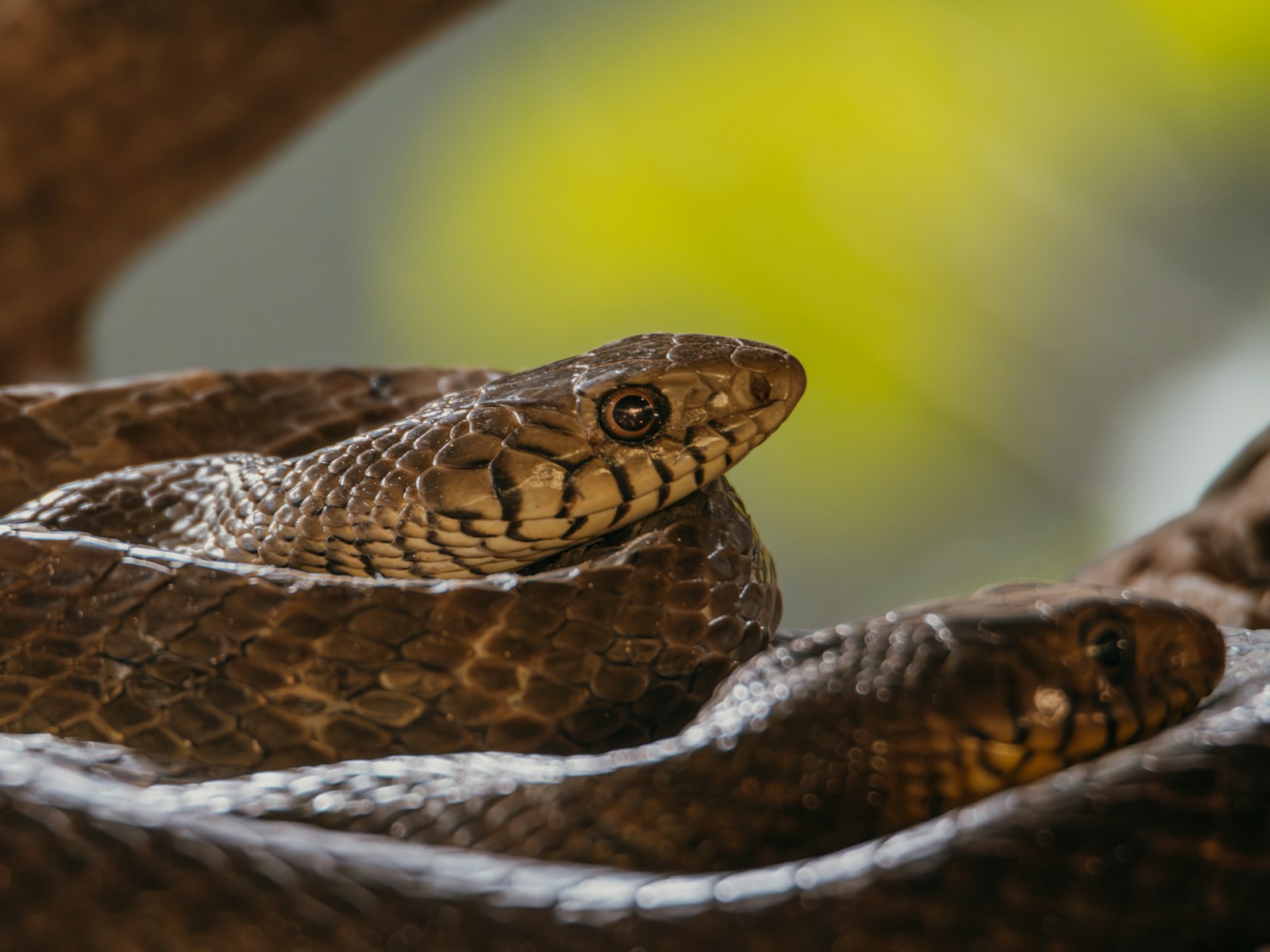
The primary snake species renowned for its ability to blend with burnt forest debris is the Black Rat Snake (Pantherophis obsoletus), particularly the melanistic variants found throughout eastern North America. These impressive constrictors can reach lengths of up to six feet, with their muscular bodies covered in glossy scales that range from deep charcoal to pure black. Their dark coloration isn’t specifically evolved for post-fire camouflage but represents a remarkable example of coincidental adaptation that serves them exceptionally well in burnt environments. As their name suggests, these snakes primarily prey on rodents, which often populate burn areas in search of seeds and new vegetation, creating a perfect hunting ground for these stealthy predators.
Evolutionary Adaptation vs. Coincidental Advantage
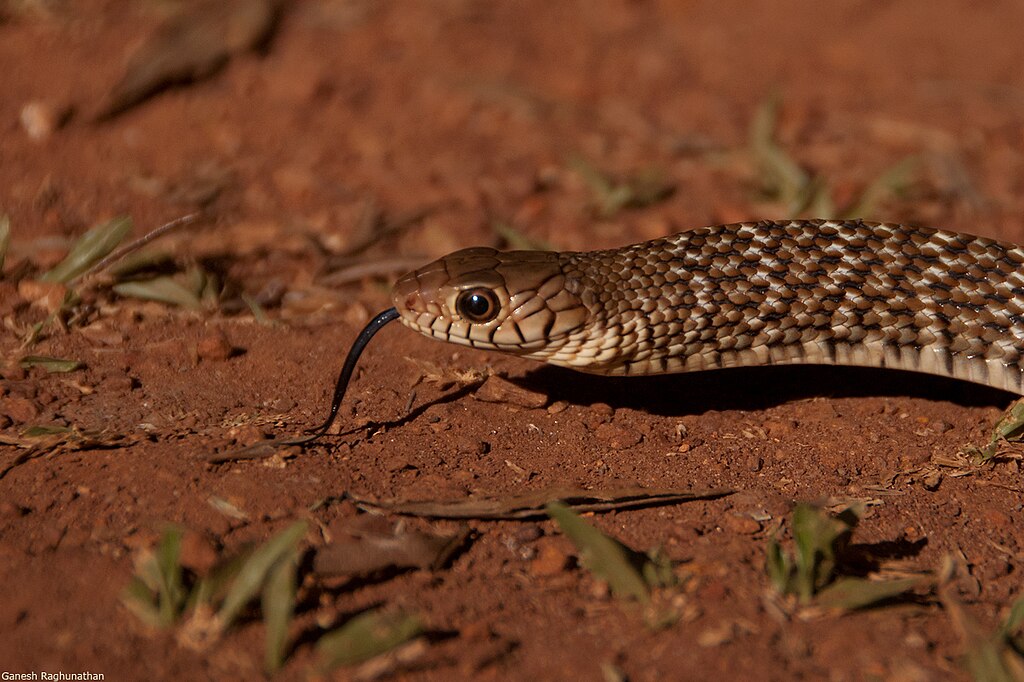
The black rat snake’s ability to blend with burnt environments represents a fascinating case of pre-existing traits becoming advantageous in specific circumstances rather than directed evolution. Unlike some animals that have evolved specific adaptations to fire-prone habitats over thousands of years, these snakes possess coloration that coincidentally matches charred landscapes perfectly. This phenomenon, known as exaptation, occurs when a trait evolved for one purpose later proves beneficial for an entirely different reason. The melanistic (black) variation in these snakes likely evolved for thermoregulation advantages or camouflage in different environments, but provides an unexpected benefit in post-fire landscapes. Research indicates that melanistic individuals may actually seek out burned areas more frequently than their lighter-colored counterparts, suggesting behavioral adaptation complementing their physical characteristics.
Physical Characteristics That Enhance Camouflage
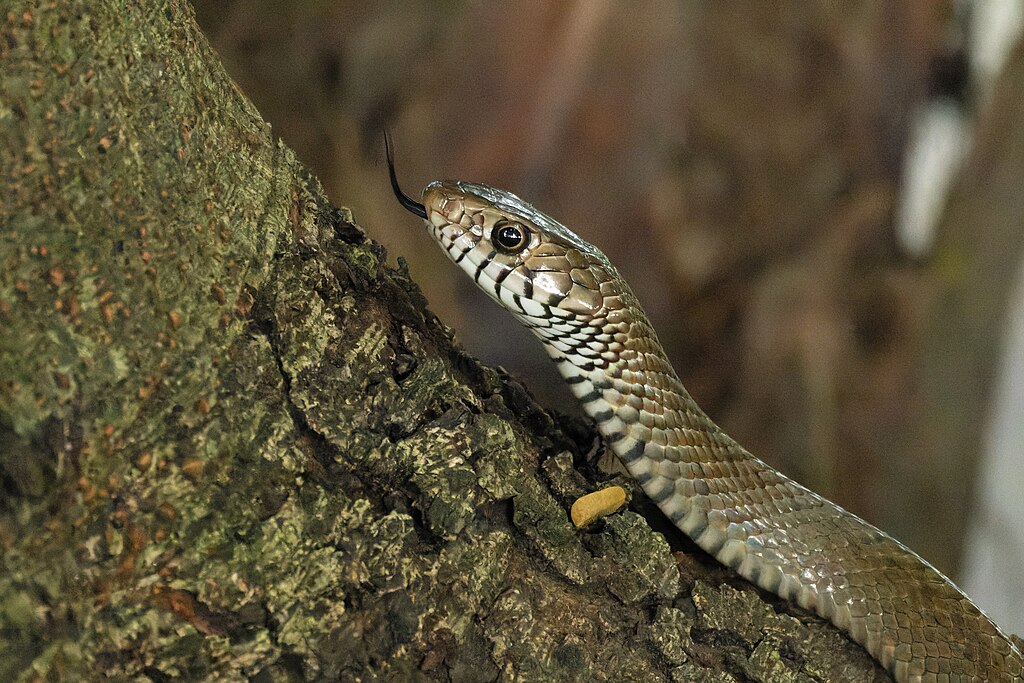
Several physical features beyond basic coloration enhance the black rat snake’s ability to mimic burnt forest debris. Their keeled scales create a textured appearance that closely resembles the rough, irregular surface of charred wood and ash. When stationary, the snake’s body contours can mimic the irregular shapes of burnt branches and fallen logs, with slight patterns visible in certain lighting that echo the varied tones of a burn area. The snake’s head is typically slightly darker than its body, creating a visual effect similar to the more deeply charred ends of burnt wood. When motionless, even their eyes blend in, appearing as small knots or burns in wood to all but the most observant predators or prey.
Behavioral Adaptations in Burnt Environments
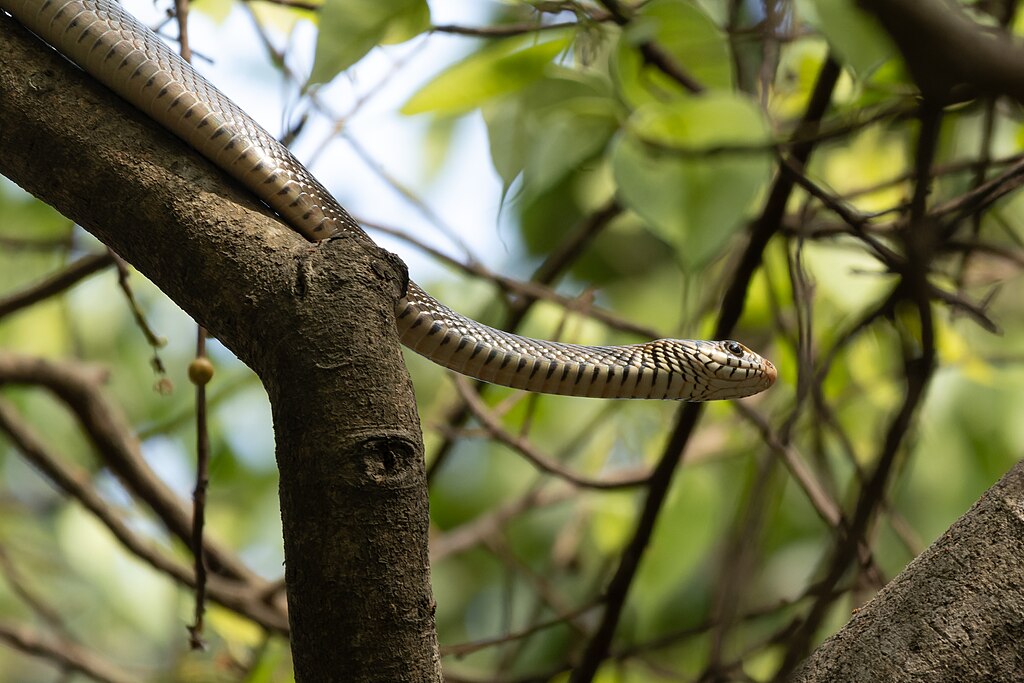
Black rat snakes display remarkable behavioral adaptations when navigating burnt landscapes. They move with distinctive slow, deliberate motions that mimic the subtle shifting of ash and charred debris in the wind, minimizing detection by both predators and prey. When threatened, rather than fleeing immediately, these snakes often freeze in place, exploiting their camouflage to remain hidden in plain sight. Researchers have observed these snakes adopting specific postures in burnt areas, stretching out along charred logs or coiling in patterns that break up their body outline to enhance their resemblance to inanimate debris. Additionally, they’ve been documented using the acoustic properties of burnt environments—where sound travels differently due to the absence of vegetation—to detect prey movements from greater distances.
The Ecological Advantages of Fire Mimicry

The ability to blend with burnt forest debris offers these snakes multiple ecological advantages beyond simple predator avoidance. Post-fire environments experience significant ecological shifts, with many prey species becoming more vulnerable due to loss of cover, creating prime hunting opportunities for well-camouflaged predators. Small mammals that survive fires often become concentrated in remaining habitat patches, providing abundant hunting opportunities for snakes that can navigate burnt areas safely. This adaptation allows black rat snakes to exploit ecological niches that other predators might avoid, reducing competition for food resources. Additionally, the increase in solar exposure in burnt areas provides excellent basking opportunities for these ectothermic reptiles, allowing them to maintain optimal body temperatures with minimal movement, conserving energy while remaining concealed.
Other Snake Species With Similar Adaptations
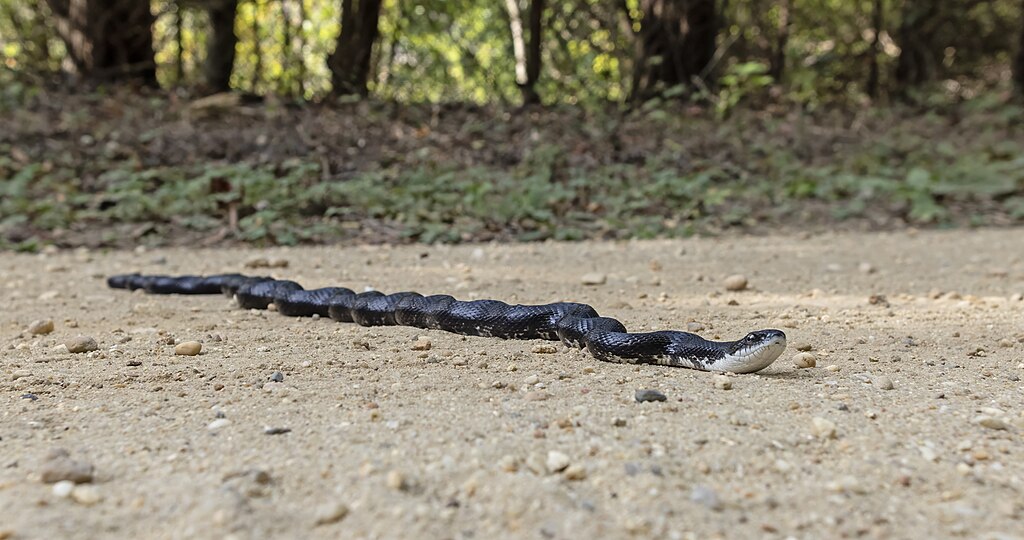
While black rat snakes are perhaps the most notable for their burnt-debris camouflage, several other snake species exhibit similar adaptations. The Eastern Indigo Snake (Drymarchon couperi), with its iridescent blue-black coloration, can also blend remarkably well in recently burned pine savannas of the southeastern United States. Certain populations of Eastern Hognose Snakes (Heterodon platirhinos) display melanistic variations that provide excellent camouflage in charred environments. The Southern Black Racer (Coluber constrictor priapus) is another species that benefits from dark coloration in post-fire landscapes, often being among the first predators to recolonize burned areas. Interestingly, studies have shown that in fire-prone regions, melanistic variants of several snake species occur at higher frequencies than in areas where fires are less common, suggesting possible selection pressure favoring these dark-colored individuals.
The Role of Forest Fires in Snake Habitats
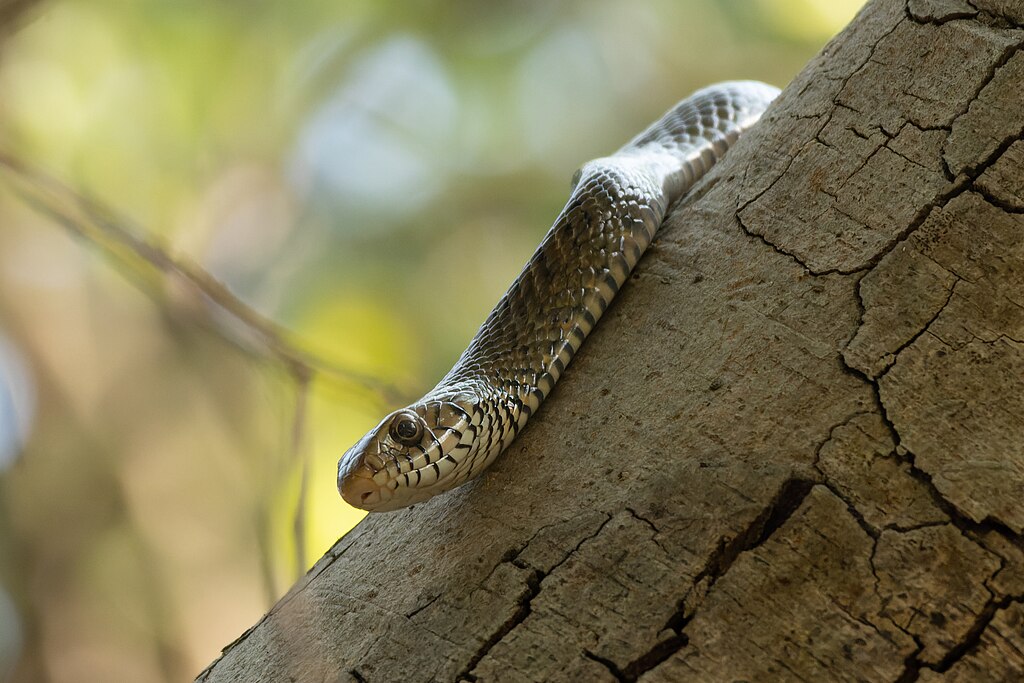
Forest fires, despite their destructive appearance, play a crucial ecological role that has shaped snake evolution over millennia. Many North American ecosystems are fire-adapted, with periodic burns being an integral part of their natural cycle long before human intervention. These fires clear undergrowth, release nutrients into the soil, and create habitat heterogeneity that benefits many species, including snakes that can navigate both burned and unburned patches. For black rat snakes and similar species, the mosaic of burned and unburned areas creates edge habitats that are particularly productive for hunting. Historical fire regimes have likely influenced the distribution and abundance of melanistic snake variants, with research suggesting higher frequencies of dark morphs in historically fire-prone regions. Understanding this relationship has important implications for conservation efforts, particularly as climate change alters fire frequencies and intensities across many ecosystems.
Hunting Strategies in Post-Fire Landscapes
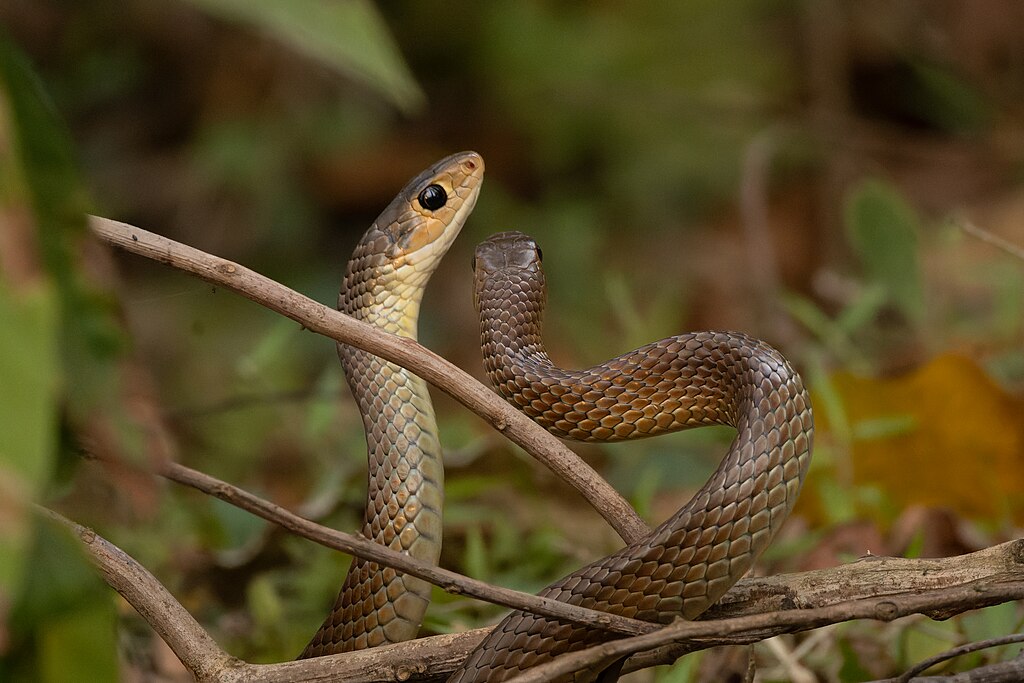
Black rat snakes employ specialized hunting techniques when navigating burnt environments that capitalize on both their camouflage and the altered ecosystem dynamics. They frequently adopt an ambush strategy, positioning themselves along the pathways small mammals use when traveling between unburnt patches, remaining virtually invisible against the charred ground until prey comes within striking distance. Their exceptional camouflage allows them to hunt during daylight hours when many rodents are active, unlike other snake species that must rely on nocturnal hunting to avoid detection. Researchers have documented these snakes exploiting the acoustic advantages of burnt areas, where the absence of vegetation allows vibrations and sounds to travel farther, enabling them to detect prey movements from greater distances. Additionally, they’ve been observed utilizing the heat-holding properties of charred logs and rocks, positioning themselves where their body temperature can remain optimal for striking speed while maintaining perfect camouflage.
Threats and Conservation Concerns

Despite their remarkable adaptations, snakes with specialized camouflage for burnt environments face numerous conservation challenges in the modern world. Habitat fragmentation interrupts the natural mosaic of burnt and unburnt areas these snakes depend on, isolating populations and limiting genetic exchange. Climate change is altering fire regimes across North America, with many regions experiencing either more frequent, intense fires or the complete suppression of natural fire cycles, both of which can disrupt established ecological relationships. These snakes also face direct persecution from humans who unnecessarily kill them out of fear or misidentification, a particular problem when they venture into human-modified landscapes following fires. Conservation efforts must balance fire management with the needs of these specialized predators, recognizing that both fire suppression and uncontrolled wildfires can negatively impact populations that have evolved within specific fire regimes.
Scientific Research and Discoveries

Recent scientific studies have yielded fascinating insights into the relationship between melanistic snakes and fire-altered landscapes. Research using radio telemetry has revealed that black rat snakes spend significantly more time in recently burned areas than their lighter-colored counterparts, suggesting behavioral preference rather than mere coincidence. Thermal imaging studies have demonstrated that these dark-colored snakes achieve optimal body temperatures faster in burnt environments due to the combination of their heat-absorbing coloration and the exposed basking sites, providing a metabolic advantage in these landscapes. Genetic studies are beginning to unravel whether melanistic traits in snake populations correlate with historical fire frequency in different regions, potentially revealing evolutionary responses to fire regimes over time. Perhaps most intriguingly, preliminary research suggests that some predatory birds, which typically hunt snakes easily from above, have more difficulty detecting black snakes against burnt backgrounds even with their exceptional vision, confirming the effectiveness of this camouflage strategy.
Cultural Significance and Folklore

The ability of black snakes to blend with burnt environments has not gone unnoticed in human cultures, particularly among indigenous peoples who lived intimately with forest ecosystems. Several Native American tribes from fire-prone regions incorporated black snakes into their folklore as symbols of renewal and transformation, mirroring the regenerative role of fire itself in forest ecosystems. Historical accounts from early European settlers in North America include numerous mentions of “fire snakes” or “ash serpents” that seemed to appear mysteriously after forest fires, descriptions clearly referring to black rat snakes utilizing their camouflage. In some Appalachian communities, there persisted a belief that black snakes were actually born from the ashes of intense fires, a misconception based on their sudden visibility when moving after remaining perfectly camouflaged. These cultural interpretations highlight humans’ longstanding fascination with these remarkably adapted reptiles and their close association with post-fire landscapes.
Observing These Masters of Camouflage

For wildlife enthusiasts hoping to observe these remarkable reptiles in their burnt-debris camouflage, several approaches can increase chances of success while respecting the animals and their habitat. Visit recently burned areas during mid-morning hours when snakes are likely to be basking but still relatively inactive, making them easier to spot before they become active hunters. Train your eyes to look for subtle movements rather than shapes—the snake’s outline will be nearly impossible to discern until it moves against the burnt background. Bring binoculars to observe from a distance once spotted, as approaching too closely will cause the snake to flee or hide, eliminating the opportunity to witness its camouflage in action. Photography enthusiasts should note that capturing these snakes effectively requires careful attention to lighting and contrast, as conventional camera settings often struggle to distinguish the subtle differences between the snake and its charred surroundings—professional wildlife photographers often use polarizing filters and manual exposure adjustments when documenting these cryptic reptiles.
The Future of Fire-Adapted Snakes in a Changing Climate
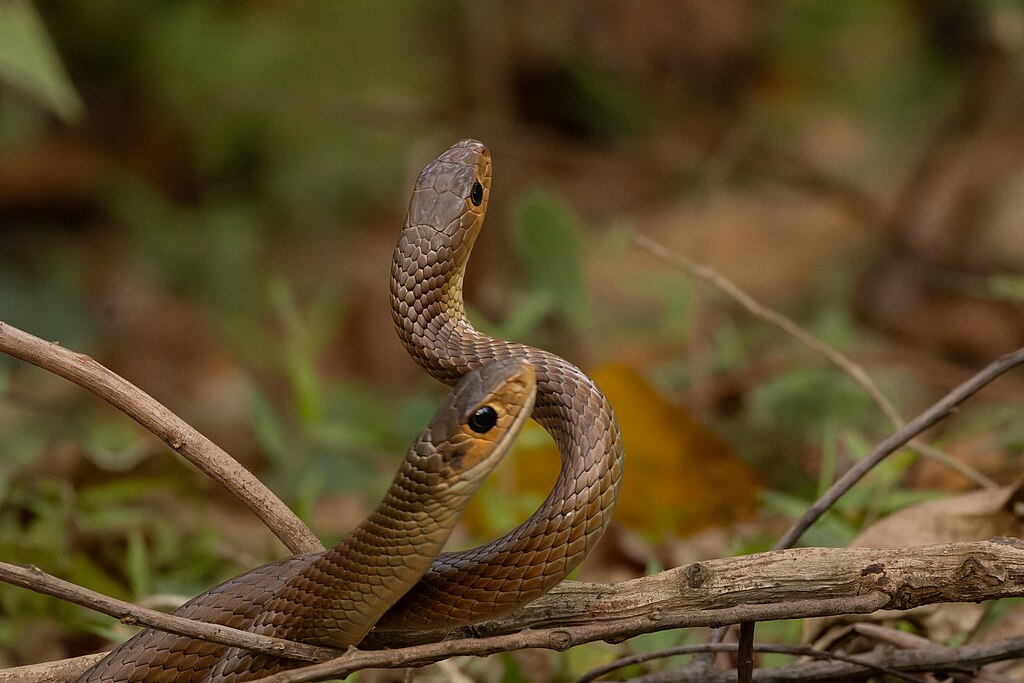
The future for snakes adapted to post-fire environments remains uncertain as climate change alters traditional fire regimes across their ranges. Models predict that many regions will experience more frequent and intense wildfires, potentially creating more habitat for these specialized reptiles but also risking ecological imbalances if fires become too severe or frequent. Conversely, in some regions, longer droughts followed by intense wet periods may reduce fire frequency below historical levels, potentially disadvantaging snakes that have evolved to exploit post-fire conditions. Wildlife managers are increasingly incorporating knowledge of these specialized predators into prescribed burning programs, recognizing their ecological importance in controlling rodent populations that often boom after fires. Research into the genetic basis of melanism in these snakes may provide important insights into how quickly snake populations can adapt to changing fire regimes, information crucial for conservation planning in an era of rapid environmental change.
Conclusion

The remarkable ability of certain snake species to blend perfectly with burnt forest debris represents one of nature’s most elegant examples of adaptation and opportunity. Whether through evolutionary processes specifically selecting for this trait or through coincidental advantages of pre-existing characteristics, these serpents have found a unique ecological niche in the aftermath of destruction. Their specialized camouflage not only highlights the incredible diversity of survival strategies in the natural world but also demonstrates the complex and often unexpected relationships between wildlife and natural disturbances like fire. As we continue to study these fascinating creatures, they offer valuable lessons about resilience, adaptation, and the intricate ecological web that connects all living things to their ever-changing environments.





